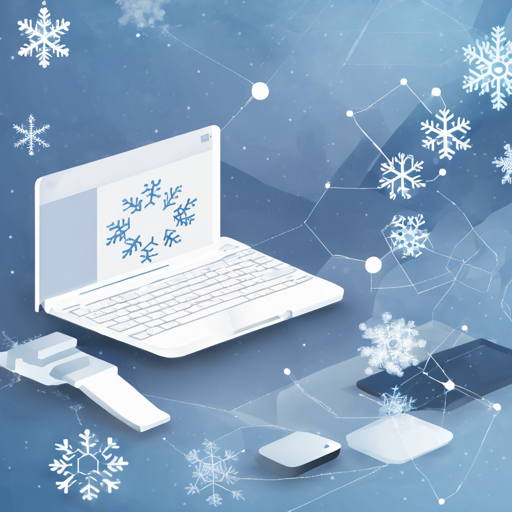Snowflake Notebooks offers a unique environment for anyone looking to perform data science, data engineering, and artificial intelligence/machine learning (AIML) workloads seamlessly. In this blog post, we’ll walk you through how to set up and start using Snowflake Notebooks, leveraging its simple interface to write and execute both Python and SQL code in one place.
Getting Started with Snowflake Notebooks
The first step in your journey is to understand how to load demo notebooks into your Snowflake environment. Follow these easy-peasy steps:
- Visit GitHub and browse through the folders containing tutorial notebooks and their corresponding
.ipynbfiles. For example, check out My First Notebook Project. - Download the file by clicking on “Download raw” from the top right corner.
- Open your browser and navigate to the Snowflake web interface, also known as Snowsight.
- From the left menu bar, navigate to Project > Notebooks.
- Import the
.ipynbfile you’ve downloaded by selecting the “Import from .ipynb” button, located at the top right of the Notebooks page. - Select the file from your local directory and click “Open.” A “Create Notebook” dialog will appear.
- Choose a database, schema, and warehouse for your notebook, then click “Create.”
Diving into the Demos
Snowflake provides a variety of demo notebooks in different categories, which can serve as excellent starting points for your projects. Here are some examples you can explore:
Data Science
Data Engineering
Machine Learning
Troubleshooting Tips
While working with Snowflake Notebooks, you might run into some snags. Here are a few troubleshooting tips:
- Import Errors: Make sure your downloaded file is a correct
.ipynbformat and was properly downloaded without corruption. - Library Issues: If you’re having issues with missing libraries, verify that you’ve installed required packages or imported necessary Python libraries within your notebook.
- Data Connections: If you’re unable to connect to your database or data warehouse, ensure your credentials and network settings are correct.
For more insights, updates, or to collaborate on AI development projects, stay connected with fxis.ai.
Conclusion
Snowflake Notebooks is a robust platform that simplifies the process of data analysis and machine learning. With its intuitive interface, it allows developers, data scientists, and engineers to focus on creating effective solutions without being bogged down by technical complexities. At fxis.ai, we believe that such advancements are crucial for the future of AI, as they enable more comprehensive and effective solutions. Our team is continually exploring new methodologies to push the envelope in artificial intelligence, ensuring that our clients benefit from the latest technological innovations.
Additional Resources
To expand your knowledge further, here are some resources you can access:
If you’re interested in developing and running interactive Streamlit apps in Snowflake, don’t forget to check out the Streamlit in Snowflake Demo Repo for more insights!

